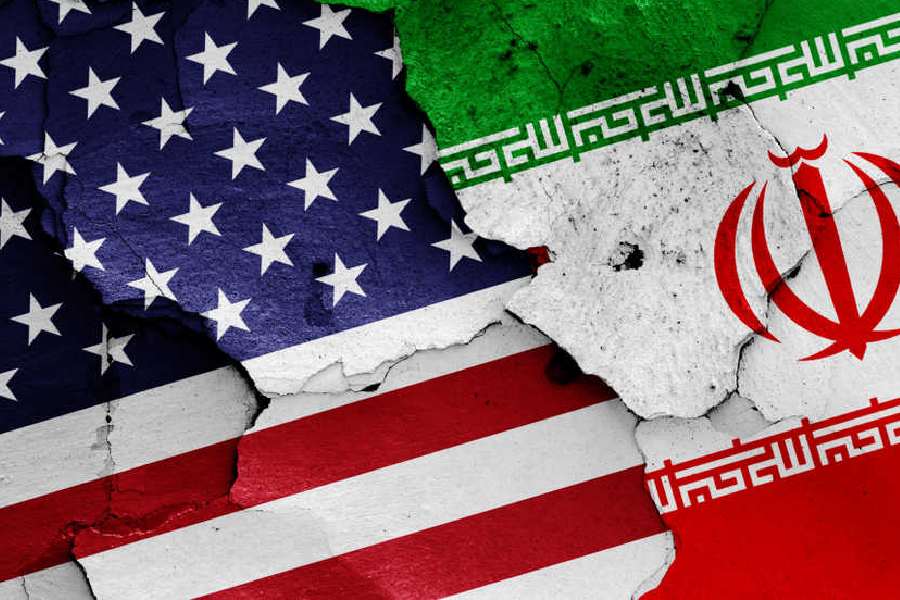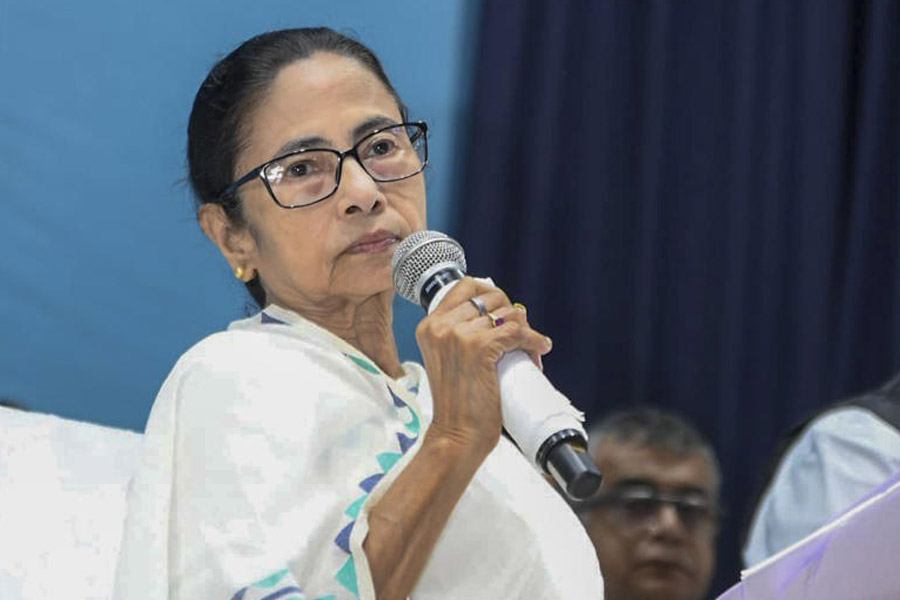 |
| The 15-year-old student’s Class X marksheet, issued in June 2013 |
Ranchi, Oct. 31: An alumnus whose first name and father’s name match those of a suspect wanted for the Patna blasts is aged 15 years and six months, according to the date of birth recorded in his school in Jharkhand.
If the boy turns out to be the suspect Bihar police are searching for now, it will inject an alarming element of a “child bomber” into the terror matrix. It will also underscore the challenges faced by inter-state law enforcement agencies while pursuing imprecise leads.
Bihar police, based on the account of captured suspect Imtiyaz Ansari (around 30), have been saying that all the suspects are adults while Jharkhand police, based on enquiries on the ground, have been terming some of the suspects minors. Imtiyaz is from Sithio, a village on the outskirts of Ranchi where the Patna plot is said to have been hatched.
Residents of Sithio had also described some of the suspects as “mere children”.
The Bihar police had named three other suspects from the same village, quoting Imtiyaz. One is an alleged bomber who was injured and arrested from Patna railway station.
The other two suspects from Sithio are missing. The student whose first name matches one on the list of the Bihar police appears to be one of the two reported missing.
Several villagers had told The Telegraph on Monday that they did not know anyone with the surname mentioned by Bihar police and answering to the rest of the details. However, they said, a nephew of Imtiyaz fit the description and his first name also matched.
When this reporter went to Jauhar Academy High School in Dhurwa, 7km from Sithio, where Imtiyaz had studied, it was found that a student who passed out this June had the same first name and whose father had the same name cited by the police while referring to the untraced suspect.
The student, also related to Imtiyaz, has enrolled himself in a nearby college that is now shut for the Chhath festival.
Nothing can be said with certainty about the student’s alleged role in the Patna plot. Several possibilities can be at play: the police could be following a mere suspicion, Imtiyaz could have given the name to mislead the police or get them off his back, or there could be another adult in the same village, a namesake whose father has the same name as the student’s father.
But since the Bihar police have made public the name of the suspect and the FIR mentions the names of the father and the village (Sithio), suspicion has fallen on the student who, according to the villagers, had not been seen of late. Imtiyaz was last seen in the village on Friday, two days before the serial blasts in Patna.
If the boy indeed had a role to play, his Class X marksheet from the Jharkhand board paints a mystifying picture and prompts the question why such a student should turn to terrorism.
The boy is not a bad student, falling just a few marks short of a first division.
Besides, he chose Sanskrit as an additional subject, although there were other languages on the list of options. In Sanskrit, he scored a B. He did better in English, scoring B+, but his strength lies in math and science: he got an A in either subject.
The date of birth on the school register reads: “April 24, 1998.” That makes the age of the student 15 years, 6 months and 3 days on October 27, 2013 — the day the blasts took place in Patna and killed six people. In fact, the student was born the year (1998) in which Imtiyaz passed out from the same school.
The student’s age of 15-plus is well below the adulthood threshold of 18. Such a tender age raises a question about the process of prosecution if the police come across enough evidence to charge him — a matter that vexed the country when a juvenile was shown lenience in the December 16 gangrape and murder case in Delhi.
After the Bombay blasts of 1993, a boy who was then aged 17 years and three months was accused of lobbing grenades and planting a bomb. He was tried under the now-defunct Tada and sentenced to life. The Supreme Court reviewed the sentence and upheld the life term.
It was not clear why the Mumbai suspect was not tried under the Juvenile Justice Act originally. A veteran officer said such fine lines were not drawn probably because of the enormity of the blasts and the huge number of suspects.
However, a senior Delhi police official said today that a juvenile was immune from prosecution not only in regular Indian Penal Code-related crime but also in terrorism cases.
B.P. Singh Dhakray, a prominent criminal lawyer, echoed the officer. “The law says that a juvenile will be tried under the JJ (Juvenile Justice) Act, whether it is an IPC crime or a heinous offence against the country, including terrorist activities,” Dhakray said.
He said the maximum punishment for a juvenile found guilty even in terror cases would be three years.
K.V. Dhananjay, a Supreme Court lawyer, said there would be no exceptions under the JJ Act.
'Even Ajmal Kasab (the 26/11 attacker who had been hanged) had taken the defence saying that he was under 18 and hence can be tried under JJ Act. But the designated court sent him for an ossification test which disproved his claim of juvenility following which he was tried under the regular IPC sections,' said Dhananjay.










